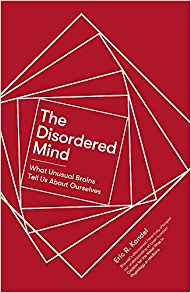 Perhaps more than any other part of our body, the brain is the bit we don’t notice till it goes wrong. There is also the idea that it’s fixed and immutable, while we can learn and memorise, we can’t change structure – put simply the idea perpetuates that brain anatomy is fixed, and brain function is not separate influenceable. If that’s the case then cross our fingers and hope the brain sees us out.
Perhaps more than any other part of our body, the brain is the bit we don’t notice till it goes wrong. There is also the idea that it’s fixed and immutable, while we can learn and memorise, we can’t change structure – put simply the idea perpetuates that brain anatomy is fixed, and brain function is not separate influenceable. If that’s the case then cross our fingers and hope the brain sees us out.
More recent understanding of the brain tells us this is not so – brain anatomy can change, via neurogenesis and neuroplasticity, and there is a significant overlap between brain function and brain anatomy; some aspects of the brain that we thought were functional – thats to say how we use our brains – are now considered anatomical – thats to say part of the brains structure – and vice versa.
The author is a Professor of Neuroscience and a Nobel prize winner, so we can assume he knows his field well. In this 2018 book – hallelujah, up to date – he reviews our knowledge of brain function through perceived disorders such as autism, bipolar, schizophrenia and a host of other anomalies. The use of “perceived” here is mine, as I feel so much of language around such conditions is polarising and othering, even in so far as we admit something isn’t working as it should. Through reviewing our knowledge of such conditions, the author challenges our existing understandings on brain health and postulates on possible future therapies.
The book is a explanatory work rather than a text book, and whilst the field is by necessity complex, it’s made as readable as possible.
For me I took away a better understanding of some of these conditions and how they may be influenced, something that ties into my current training in Yoga Therapy for Mental Health.
A book I’d recommend to anyone with a professional or personal interest in health and well-being and keeping up to date in the area.
You can purchase the book on Amazon, and using this link Yinspire earns a small commission.
